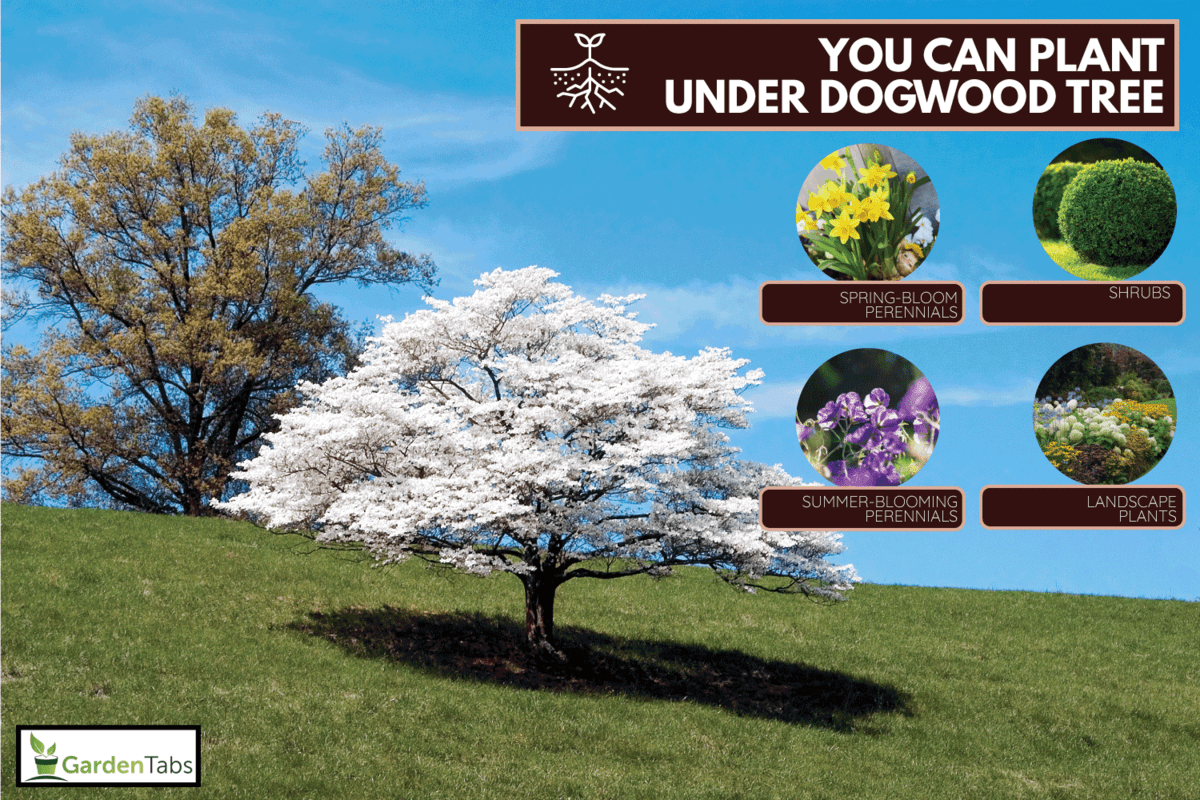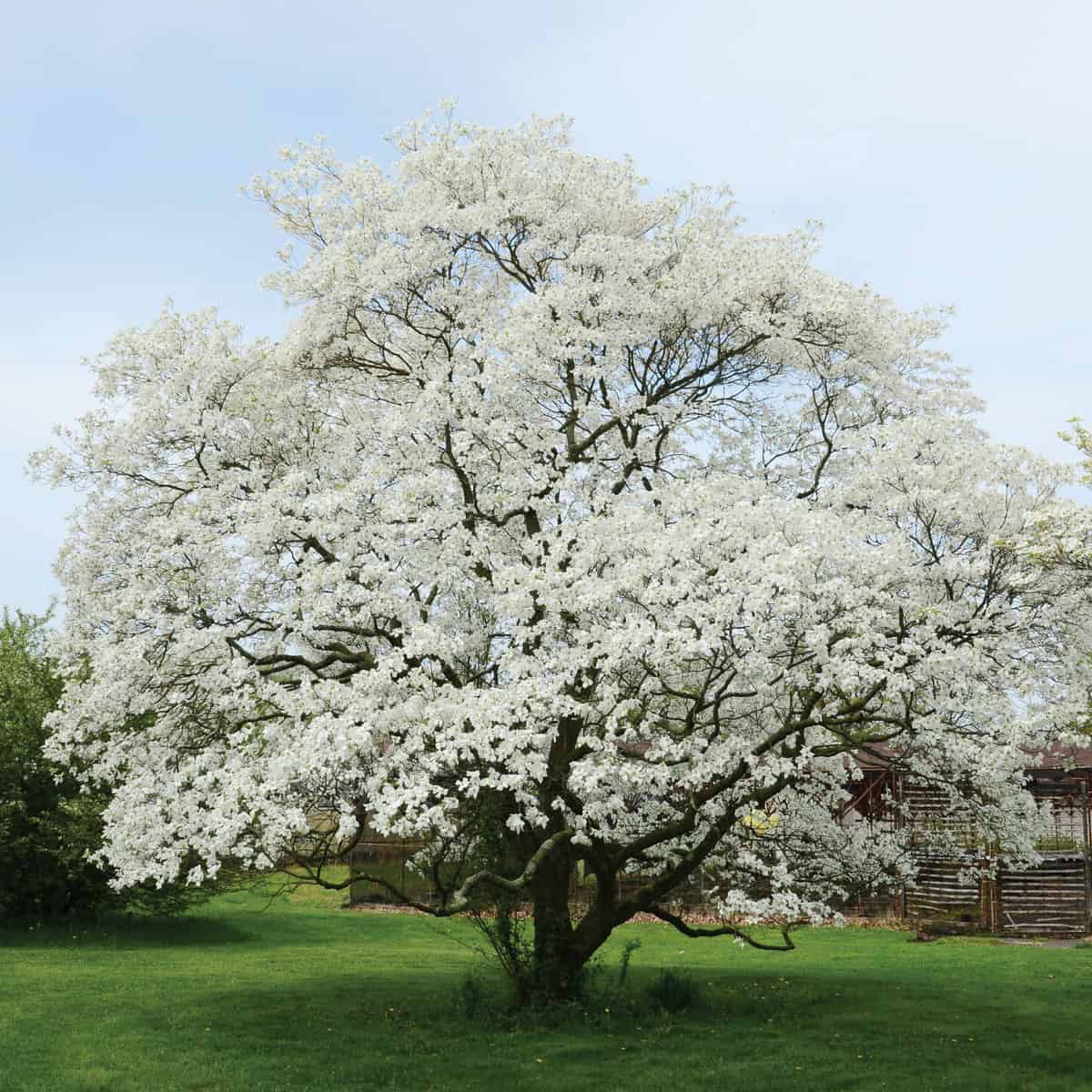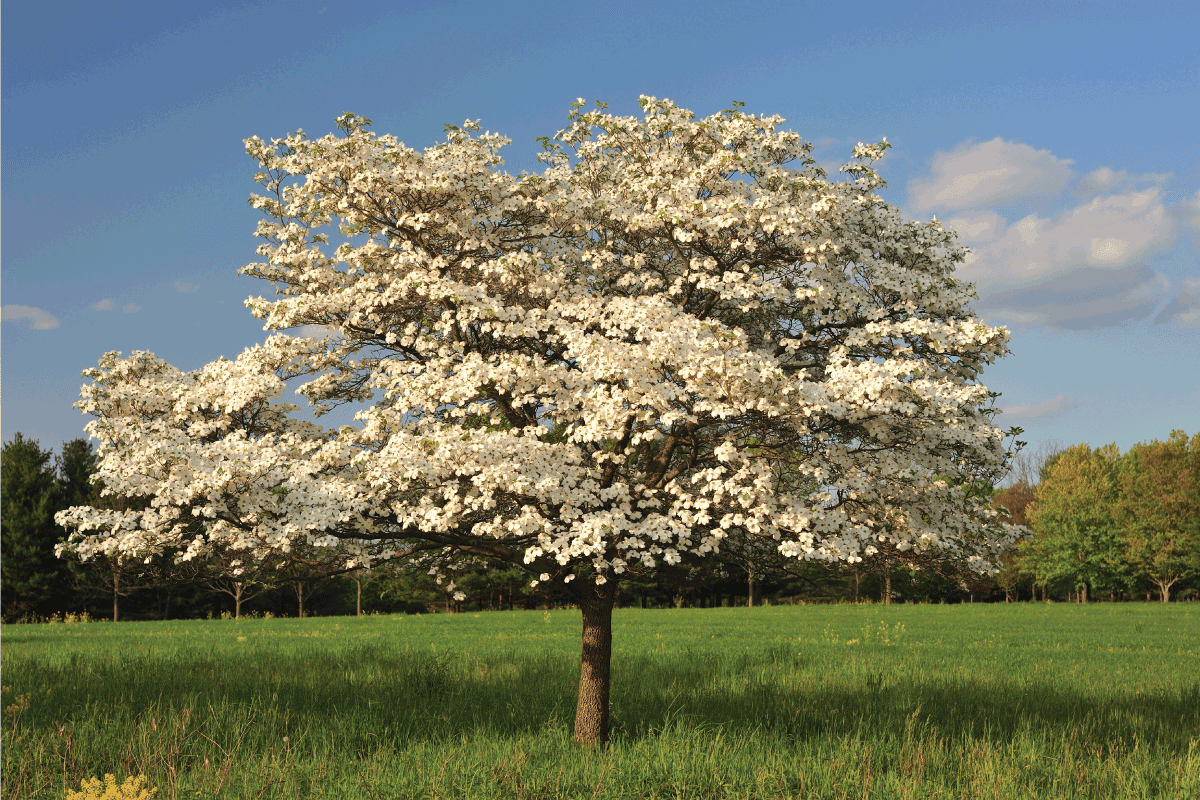If you want to add year-round beauty to your yard, plant a flowering dogwood tree. But because of their shallow root systems, dogwoods require special care when deciding which plants to place in their vicinity. We know you are curious about what to plant under dogwood trees. That is why we thoroughly researched the internet to help you out!
Choosing plants to put under your dogwood tree is crucial. You have to select those thriving in your dogwood tree's exact conditions. You can plant shrubs, landscape plants, spring-bloom perennials, and summer-blooming perennials to be a companion to your precious dogwood tree.
If you want to know the specifics, we suggest you keep reading. Also, we would like to share with you the planting considerations you should follow when planting the companion plants for your dogwood tree. Let's delve into the details!

What Can You Plant Under A Dogwood Tree
If you plan to plant under your dogwood tree, you must ensure that they all get adequate water, light, and nutrients. Additionally, you don't want to put a plant that prefers alkaline soil together with something that likes acidic soil. Likewise, if your tree requires a lot of water, don't grow anything that prefers dry conditions.

1. Landscape Plants or Ground Covers
Some notable examples of groundcovers that do well in the presence of dogwood trees are:
- Periwinkle: Also known as Vinca Minor. Hardy in USDA zones 4, 5, 6, 7, 8, 9.
- Creeping Sedum: Also known as Sedum spp. Hardy in USDA zones 3, 4, 5, 6, 7, 8, 9.
- Mondo Grass: Also known as Ophiopogon japonicus. Hardy in USDA zones 7, 8, 9, 10.
- Bugleweed: Also known as Ajuga reptens. Hardy in USDA zones 4, 5, 6, 7, 8, 9.
2. Spring-Blooming Perennials
Some good spring flower companions for dogwood are:
- Astilbe: Also known as Astilbe x arendsii. Hardy in USDA zones 4, 5, 6, 7, 8.
- Cranesbill Geranium: Also known as Geranium maculatum. Hardy in USDA zones 4, 5, 6, 7, 8.
- Brunnera: Also known as Brunnera spp. Hardy in USDA zones 3, 4, 5, 6, 7, 8.
- Helleborus: Also known as Helleborous spp. Hardy in USDA zones 6, 7, 8, 9.
3. Summer-Blooming Perennials
These summer-blooming perennials make lovely companions with dogwood trees:
- Hosta: Also known as Hosta spp. Hardy in USDA zones 2, 3, 4, 5, 6, 7, 8, 9, 10.
- Day Lilies: Also known as Hemerocallis spp. Hardy in USDA zones 3, 4, 5, 6, 7, 8, 9, and 10.
- Coral Bells: Also known as Heuchera spp. Hardy in USDA zones 4, 5, 6, 7, 8, 9.
- Bearded Iris: Also known as Iris Germanica. Hardy in USDA zones 4, 5, 6, 7, 8, 9.
4. Shrubs
You can plant these shrubs under your dogwood tree:
- Bleeding Heart: Also known as Dicentra spectabilis. Hardy in USDA zones 3, 4, 5, 6, 7, 8, 9.
- Gardenia: Also known as Gardenia spp. Hardy in USDA zones 8, 9, 10, 11.
- Azalea: Also known as Rhododendron spp. Hardy in USDA zones 6, 7, 8, 9.
- Heath: Also known as Erica x darlyensis. Hardy in USDA zones 5, 6, 7, 8.

Planting Considerations For Dogwood Trees
If you want your dogwood to thrive, you must plant it properly. It would be best to plant trees and bushes in the spring. It will allow them to settle down on the plot of land before winter arrives. That way, the dogwood won't have to worry much about surviving its first winter.
Furthermore, remember to soak the roots of your newly purchased bare-root tree before you plant it. And make sure the hole is large enough for the roots to spread out in. Apply soil to the area and compact it with your foot. You should soak the soil thoroughly after planting.
Build a mound around the dogwood tree if you like. Create a soil dam around the planting area by piling up the earth to a height of three to four inches. We recommend that you maintain a distance of around two feet from the trunk when erecting the barrier. It helps to keep the water where it needs to be over the root ball so it can soak into the soil.

How To Care For A Dogwood Tree
It is crucial to select a variety that will thrive in your climate when deciding on a plant for your garden. The site's dimensions, soil, and available lighting are also essential factors. Some species do better in damper environments than others. You can reduce the risk of development and health issues by providing what your tree needs.
1. Preparing The Site
Once you find a location where there is enough light and soil available, begin preparations. You must ensure that the area has enough room to grow and thrive. Additionally, you can avoid the spread of disease by ensuring that there is adequate ventilation in the area.
You can best appreciate the natural beauty of trees and bushes when allowed to grow to their full potential. The work involved in getting a site ready is simple.
Remove any grass or weeds that have taken over the area. Your tree will not get the water it needs if undesirable vegetation is around. In addition, diseases and pests thrive under these conditions.
Wait at least a week after applying weed killer to ensure all the grasses and weeds have died. Once dead, you should pull or rake them from the ground to clear the area.
2. Soil Properties
Soil conditions are crucial whether you're growing a dogwood tree or shrub. Soil acidity is vital for plant growth. They can't survive in alkaline environments since they require organic substances to flourish. While most plants require well-drained soil, some can thrive in wet areas and even when planted near water.
Additionally, it would be best to add organic material to the planting area's soil if needed.
Put down a layer of compost or well-rotted manure, anywhere from six to eight inches deep, on the ground where you wish to plant. And put it in the ground to a depth of one foot.
Increasing the proportion of organic matter in your soil is a worthwhile project you may take in the spring—Water the organic matter into the ground after spreading it over the planting area.
3. Amount Of Sunlight
It is crucial to know your dogwood's specific lighting needs so you can provide it with optimal growing circumstances. Several dogwood trees and shrubs can flourish in various light conditions, from full sun to partial shade. A small percentage, however, cannot tolerate the heat and require at least some shade. Location and climate also play significant roles.
Partially shaded areas are preferable if you reside in a region where summers are too hot and dry. You will need to water them frequently because they drink a lot. Full-sun planting requires more regular watering.
4. Amount Of Water
Regardless of species, dogwoods require constant watering. They need water whether they are planted in full sun or partial shade. From the time the root ball is planted until the dogwood reaches maturity, it has substantial water needs. If the location of your dogwood is near a watering source, you'll have less work to perform later on.
Once you establish your dogwood, it would be best to resume watering it several times per week. It becomes even more crucial during the summer when the temperature outside can soar.
The leaves will tell you if your tree is getting enough water. If the leaves turn yellow and brittle, they're thirsty. On the other hand, if the leaves turn a grayish tint and droop, the plant needs less water.

